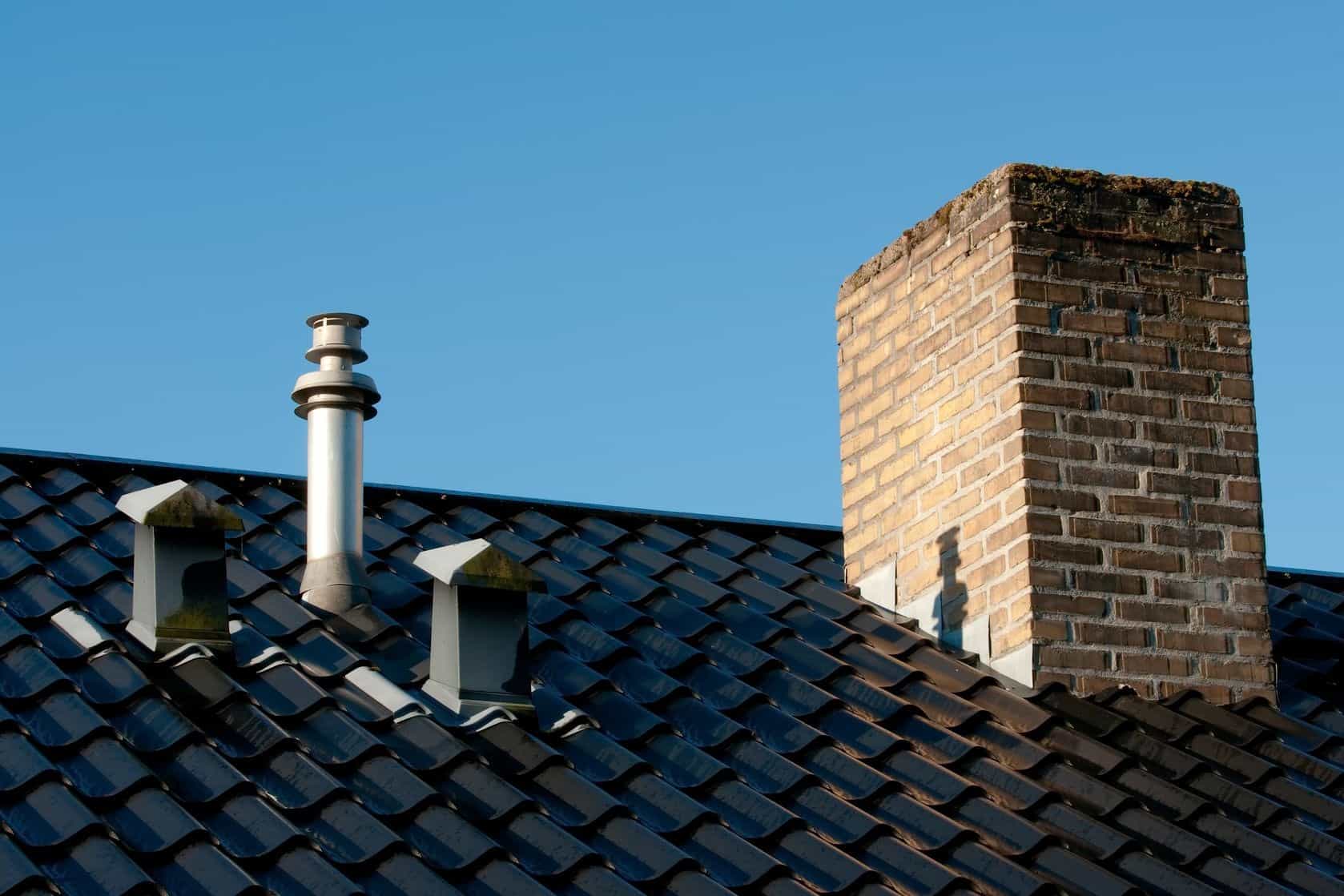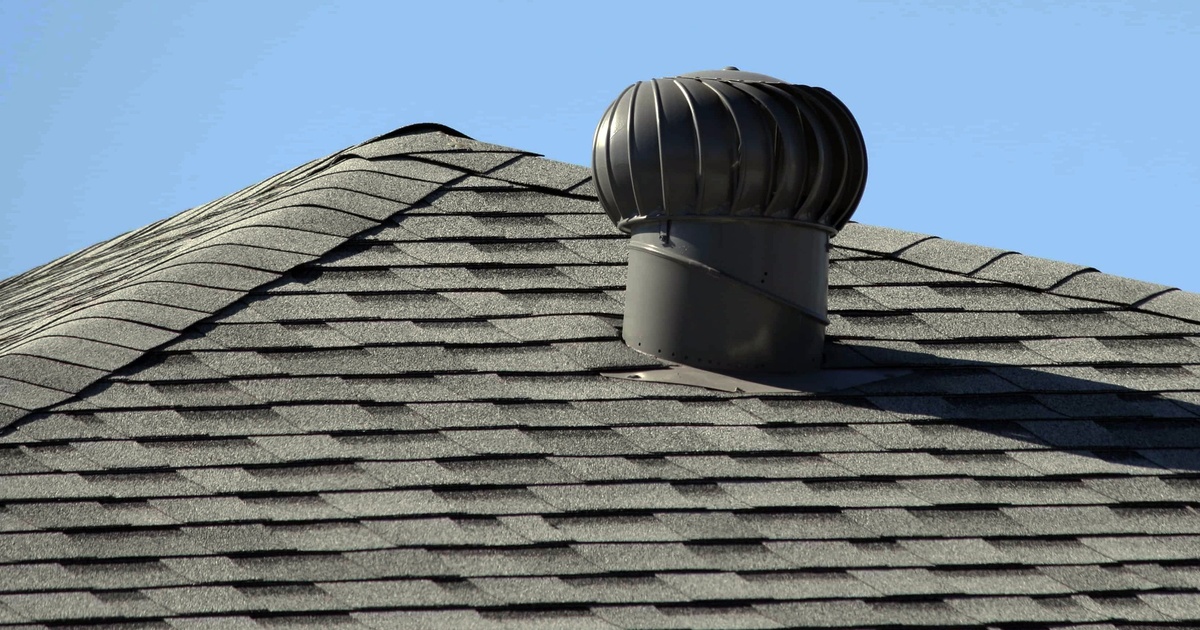The Function of Proper Ventilation in Supporting Plumbing Systems
The Function of Proper Ventilation in Supporting Plumbing Systems
Blog Article
The writer is making a few great annotation on the subject of What Is a Plumbing Vent and Why Is It Important in general in the content below.

Appropriate air flow in pipes systems is usually neglected, yet it is important for keeping the capability and safety and security of your home's pipes. Air flow aids manage atmospheric pressure, avoid the accumulation of harmful gases, and guarantee the effective removal of waste. In this guide, we will certainly check out the importance of correct pipes ventilation, how it works, and the benefits it offers your pipes system.
How Air Flow Works in Plumbing Solutions
Air Pressure Guideline
Correct air flow keeps balanced atmospheric pressure within the plumbing system. When water flows through pipelines, it displaces air. Without appropriate ventilation, this displacement can develop negative stress, causing slow down drains pipes or siphoning of water from traps, which can trigger unpleasant odors to permeate into the home.
Preventing Sewage System Gas Accumulation
One of the most crucial features of plumbing vents is to prevent drain gases, such as methane and hydrogen sulfide, from gathering within the home. These gases can pose severe health threats and are extremely flammable. Vent pipelines allow these gases to run away securely outdoors.
Assisting in Waste Removal
Ventilation aids in the effective removal of wastewater by stopping airlocks in the drain system. When air can flow easily through the vents, it permits water and waste to stream smoothly via the pipelines, lowering the danger of clogs and back-ups.
Benefits of Proper Air Flow
Enhanced System Performance
Appropriately ventilated plumbing systems run much more successfully, with less blockages, faster draining pipes, and less stress on the pipelines. This efficiency prolongs the life expectancy of the pipes system.
Improved Air Quality
By stopping sewage system gases from entering your home, proper ventilation contributes to better indoor air high quality, making your living setting healthier and extra comfortable.
Preventing Water Damage
Sufficient ventilation helps stop water from being siphoned out of traps, which can bring about sewage system gases going into the home and creating water damages with time.
Actions to Make Sure Appropriate Ventilation
Consulting Plumbing Codes
Constantly consult neighborhood pipes codes when developing or modifying your pipes system. These codes supply the essential guidelines for correct venting and guarantee your system satisfies safety and security criteria.
Regular Examination and Maintenance
Regular examinations can assist recognize potential ventilation concerns before they end up being significant issues. Upkeep jobs, such as cleaning vent pipes and looking for clogs, are essential for keeping the system in good working order.
Expert Setup
For brand-new installments or major adjustments, it's smart to hire an expert plumbing professional. They have the experience to make certain the ventilation system is correctly designed and installed according to code.
Understanding Air Flow in Pipes
Air flow in pipes refers to the network of pipes that allow air to move with the water drainage system. These vents offer numerous objectives, including controling atmospheric pressure within the pipelines, stopping sewer gases from getting in the home, and helping in the smooth circulation of wastewater.
Kinds Of Pipes Vents
Main Heap Vent
The main stack air vent, also called the air vent stack, is the key vent in a pipes system. It prolongs from the main drainpipe line up through the roof, allowing gases to get away and fresh air to go into the system.
Branch Vent
Branch vents attach to the major stack air vent and serve specific components, such as sinks, bathrooms, and showers. These vents make certain that each component has appropriate ventilation to work correctly.
Air Admittance Valve (AAV).
An Air Admission Valve (AAV) is a one-way shutoff that enables air to get in the plumbing system without the demand for a conventional vent pipe extending via the roof. AAVs are commonly utilized in renovations or areas where setting up a common air vent is unwise.
Indicators of Poor Ventilation in Plumbing.
Slow Draining Fixtures.
If your sinks, bathtubs, or bathrooms are draining gradually, it could be an indication of inadequate air flow. Inadequate air circulation can produce a vacuum result, making it tough for water to drain pipes correctly.
Gurgling Appears.
Gurgling noises originating from drains pipes are commonly an outcome of air being sucked with water catches because of adverse pressure in the pipes. This is a clear sign of not enough air flow.
Undesirable Odors.
Sewer odors inside your home are a red flag that your plumbing system is not appropriately aerated. This could mean that sewer gases are not being effectively aired vent outside, bring about possibly harmful problems.
Common Air Flow Blunders.
Poor Vent Sizing.
Utilizing undersized vent pipes can bring about inadequate air circulation and pressure imbalances in the system. It's vital to make use of vents that fulfill the particular requirements of your plumbing system.
Improper Vent Positioning.
Placing vents too much from the fixtures they serve can minimize their efficiency. Correct positioning guarantees that air can flow easily and effectively via the system.
Ignoring Code Demands.
Building codes give certain guidelines for pipes ventilation. Ignoring these codes can lead to a system that fails to function properly and may result in expensive fixings or health hazards.
Conclusion.
Correct ventilation is an important part of any plumbing system, making certain that it functions efficiently and securely. By recognizing the significance of ventilation, acknowledging the signs of poor ventilation, and taking actions to maintain your system, you can stop costly concerns and shield your home's air high quality.
4 Things You Should Know About Your Plumbing Vents
What Plumbing Vents Are
Also called a vent stack, a plumbing vent is a vertical pipe attached to your drain line that runs through your roof. The plumbing vent pipe, or plumbing air vent, removes gas and odors from your plumbing system and allows fresh air to enter the pipes, helping the water to flow out of the drain pipes.
What Plumbing Vents Do
Plumbing vents have two basic functions. One of which is to allow unpleasant smelling wastewater and sewer gasses to escape your plumbing system instead of entering your home. Plumbing vent pipes are typically located on roofs, away from windows, to ensure the fumes exit the home completely.
The other function of the plumbing vent is to move fresh air into your plumbing system. This helps move water through every plumbing fixture in your house, like toilets and sink drains. Think of the way in which you need to let a little air into the bottle as you pour soda in order to make the drink flow smoothly.
Different Types of Plumbing Vents
True vent: This is the most common vent option. In simplest terms, a true vent is a vertical pipe attached to your drain line that exits through the roof. They often function as the main vent that other fixtures can connect to. Re-vent pipe or auxiliary vent: Attached to the drain line near specific plumbing fixtures, re-vent pipes run up and over to connect to the main vent. Common vent: Two plumbing fixtures installed on opposite sides of a wall are typically tied into the vent stack using something known as a sanitary cross. Wet vent: This venting option operates as a drain pipe and a vent at the same time. Wet vent drainage systems drain water from one fixture while venting the air from another. Although they’ve been used for over 100 years, wet vent systems have only recently been added to the plumbing code in many areas. If you’re planning on installing one in a bathroom remodel, make sure you check your local code prior to construction. Loop vent: For free-standing fixtures like kitchen island sinks, loop vents are ideal. These vent pipes run under the floor, rise from the P-trap, and create a loop inside the cabinet sink. Air admittance valve: An AAV is a one-way mechanical valve typically installed at the site of the plumbing fixture. AAVs allow venting to occur without having to tie into a larger venting system. They’re ideal for venting fixtures where you aren’t able to easily connect to an existing vent system. Common Plumbing Vent Issues
Although vent pipes typically don’t have water flowing through them, they’re still subject to many typical plumbing issues. For example, clogs are one of the most common problems associated with sewer vent pipes. If your vent pipe gets clogged, all of your plumbing fixtures tied into the vent stack will be affected.
A sink with a slow drain that bubbles and gurgles or a strong sewage smell around your toilet are both indicators that your toilet vent pipe is clogged. Because most vent pipes exit through the roof, old leaves, twigs or even a bird’s nest could be clogging the pipe.
Clogs in your vent pipe system cause a buildup of negative pressure, meaning that water won’t be able to flow out of your home very well. It’s similar to putting your finger over the opening of a straw to trap water inside. When you remove your finger, the water is able to flow out of the straw.
If you suspect you have any blockage in your vent, make sure you have a professional come examine the situation. Left unchecked, a blocked air vent can lead to other costly repairs, like leaks and sediment buildup.
Under Pressure
Pipe vents are essential aspects of a home’s plumbing system. Owning a home means learning about all sorts of things you never put much thought into before. But by understanding as much as you can about the important systems of your home, you can keep those budgets intact and those anxiety levels low.
https://www.homeserve.com/en-us/blog/home-improvement/plumbing-vents/

We are very interested in and I'm hoping you liked our blog posting. Are you aware of anybody else who is serious about Essential Plumbing Vent Pipes: Understanding Their Role? Take a moment to share it. Thank-you for going through it.
Schedule And Pricing Report this page